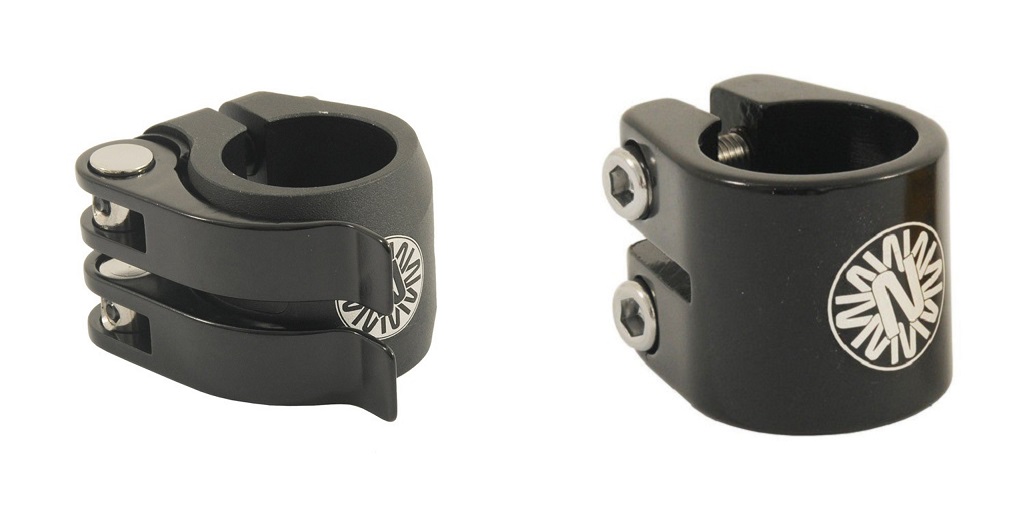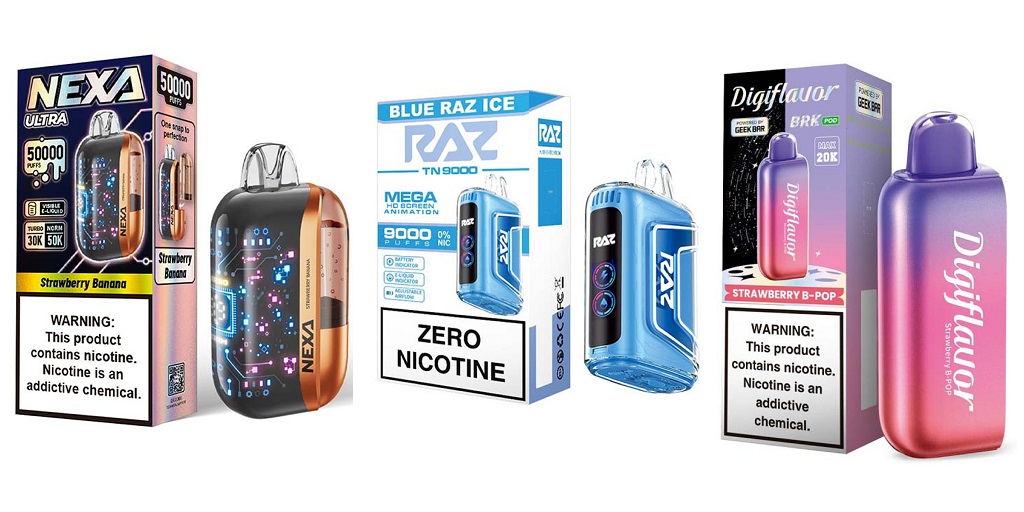In today’s rapidly evolving industrial and commercial sectors, containment solutions play a vital role in ensuring safety, efficiency, and compliance with environmental and regulatory standards. Whether it’s protecting sensitive products during transit, preventing chemical spills, or managing waste disposal, containment systems are essential in minimizing risks, reducing losses, and maintaining operational flow.
As industries strive for better productivity and sustainability, innovative solutions are emerging to meet new challenges and opportunities. These advanced technologies and systems are designed not only to address specific containment needs but also to enhance the overall safety and performance of industrial and commercial operations.
In this article, we will explore some of the most innovative containment solutions for industrial and commercial use, their benefits, and how they are transforming the way businesses operate.
Advanced Spill Containment Systems
Spill containment solutions are crucial in preventing hazardous materials, chemicals, or oils from spilling into the environment, posing risks to human health, wildlife, and the ecosystem. In industries such as manufacturing, oil and gas, and transportation, managing spills quickly and efficiently is of utmost importance.
Innovative Features of Spill Containment Systems
- Modular Containment Units: Many spill solutions now come in modular designs, which allow for easy customization based on the size and type of equipment or containers being used. These modular units can be configured for large-scale industrial tanks or smaller-scale storage drums, making them versatile for different applications.
- Secondary Containment Barriers: Secondary containment systems, such as bunds or spill berms, act as barriers to catch spills or leaks. Advanced materials like high-density polyethylene (HDPE) or rubberized compounds are used for their resistance to chemicals and durability, even in extreme temperatures.
- Smart Spill Monitoring: Technological advancements have made it possible to incorporate sensors and automated alert systems in spill solutions. These smart systems detect leaks or rising fluid levels and notify operators in real time, improving response times and reducing the environmental impact.
Benefits
- Environmental Protection: Effective spill containment solutions help industries adhere to strict environmental regulations and minimize environmental hazards, reducing fines and cleanup costs.
- Reduced Downtime: By containing spills swiftly, these systems prevent downtime in operations and maintain workflow, protecting valuable equipment and inventory.
Smart Packaging and Protective Containment for Goods
In logistics and shipping, protecting products from damage during transportation is a top priority. Innovative packaging and containment solutions are now being designed to be more efficient, cost-effective, and environmentally friendly.
Innovative Features of Smart Packaging
- Active Packaging Technology: Active packaging involves the use of materials that interact with the product to extend shelf life or prevent damage. For example, antimicrobial agents in food packaging can reduce the growth of bacteria, while moisture-absorbing packets in electronic packaging can prevent moisture buildup during shipping.
- Shock and Vibration Absorption: Advances in shock-absorbing packaging materials, such as inflatable cushions, foam, and bubble wraps, have significantly improved the protection of sensitive goods, such as electronics, delicate machinery, and pharmaceuticals. These materials provide cushioning during transportation and absorb shocks that could otherwise cause damage.
- Eco-Friendly Solutions: As sustainability becomes a primary focus for businesses, many companies are turning to biodegradable and recyclable packaging solutions. Materials such as plant-based polymers and recycled content offer an eco-friendly alternative to traditional plastics, reducing the environmental footprint of packaging.
Benefits
- Cost-Effective and Sustainable: Eco-friendly materials, when carefully chosen, can reduce long-term costs for companies, especially when considering reduced waste disposal fees and packaging material costs.
- Enhanced Product Integrity: Smart packaging helps ensure that goods arrive in optimal condition, enhancing customer satisfaction and reducing returns due to damage during transit.
Containment Solutions for Hazardous Materials
In industries where hazardous materials are handled—such as chemicals, pharmaceuticals, or energy—innovative solutions are essential for protecting workers, the environment, and the integrity of operations. These materials often pose significant risks in case of leaks, spills, or accidents.
Innovative Features of Hazardous Material Containment
- Corrosion-Resistant Containment: Advanced strapping materials like fiberglass-reinforced polymers (FRP) and stainless steel are being used in the construction of containment tanks and storage vessels for hazardous chemicals. These materials are resistant to the corrosion caused by chemicals, increasing the lifespan of the containment system and reducing the risk of leaks.
- Double-Walled Tanks: Double-walled tanks, designed for chemical storage, provide an additional layer of security. In the event of a leak or breach in the outer wall, the inner wall ensures that no hazardous material escapes into the surrounding environment.
- Leak Detection Systems: Integration of real-time leak detection sensors is an innovative solution to immediately identify and address any hazardous spills or leaks in storage tanks or pipelines. These systems use technologies such as fiber-optic sensors or ultrasonic monitoring to detect changes in pressure or chemical composition, sending instant alerts to operators.
Benefits
- Improved Safety and Compliance: Using advanced solutions for hazardous materials helps ensure that companies meet strict safety and environmental regulations, protecting employees and the public from potential harm.
- Minimized Risk of Contamination: Proper containment of hazardous materials reduces the chances of leaks and spills, preventing contamination of soil, water, and air, and avoiding costly cleanup operations.
Conclusion
Innovative containment solutions are transforming the way industries manage risks, handle materials, and protect products. From spill containment systems and hazardous material storage to smart packaging and waste management, these advanced solutions offer enhanced protection, compliance, and efficiency.
As businesses strive to meet higher standards of safety, sustainability, and productivity, the development of such containment technologies will continue to play a pivotal role in the success of industrial and commercial operations.




